- Published on
- Updated on
Waze drains phone battery: How to fix it
- Authors
Waze is a great navigation app, but it can be a battery hog. Here's how to fix Waze draining your phone battery.
The Waze app actively drains the battery of a mobile device. Users often ask why this happens and if there are any tips on how to properly use the battery.
In this article we have collected useful tips (11 simple steps) to reduce battery consumption on Waze. These tips will apply to Android, iPhone mobile devices with the Waze app installed.
Table of Contents
- Quick solution to fix battery drain problem
- Step 1: Battery Calibration
- Step 2: Adjusting screen brightness
- Step 3: Install a Battery Saver App
- Step 4: Turn off unused apps
- Step 5. Check your mobile signal strength
- Step 6. Turn on the wifi network
- Step 7. Turn off all notifications
- Step 8: Disable unused apps
- Step 9: Protect battery from high temperatures
- Step 10: Update iOS and Waze
- Step 11: Check the real condition of the battery
Quick solution to fix battery drain problem
- If possible, turn off Carplay: this app speeds up battery drain
- Replace the iPhone battery with a new one: this can be done through the service center for an additional fee
- Turn off Spotify: it requires Bluetooth and wi-fi (it is advisable to switch these off).
- Turn off bluetooth if possible: instead of the car head unit use the navigation app directly on the iPhone
- Turn off background usage on Waze completely: navigation can work in the background and use battery resources without your knowledge
Step 1: Battery Calibration
Battery calibration is necessary to determine if the battery is really charged and working properly. At any time the Waze navigator can discharge the battery to zero and then shut down with the phone due to an incorrect calibration.
If the battery has not been calibrated for a very long time, it is likely that the phone has power, but the battery is running out of power at the most inopportune moment.
We advise you to use the AccuBattery app. It comes in handy for the following scenarios:
- You changed the battery on your phone or tablet
- The battery indicator does not work correctly
- Phone is not charging fully
- The battery level is dropping suddenly while using Waze
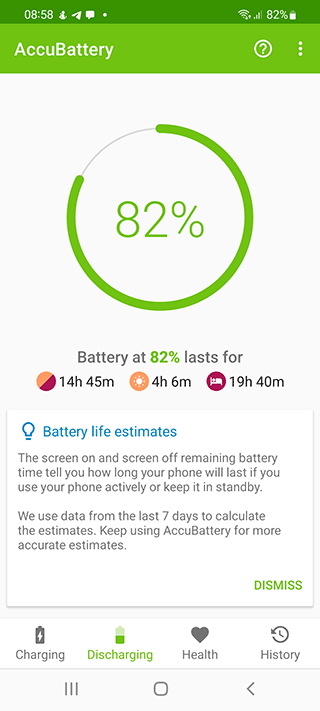
Step 2: Adjusting screen brightness
Mobile devices have large, high quality screens with excellent color reproduction. At the same time, you are forgetting about fast battery consumption by turning the display brightness to maximum.
Since the Waze app in active mode works with the screen constantly on, this leads to increased battery consumption.
Some Android and iOS users also turn on the automatic screen brightness. The phone adapts to the current lighting conditions, but even in this case the effect can be negative for the battery.
To reduce battery consumption in Waze,
- Disable Adaptive Brightness
- Set Brightness to a minimum value that allows you to see all relevant details on the screen.
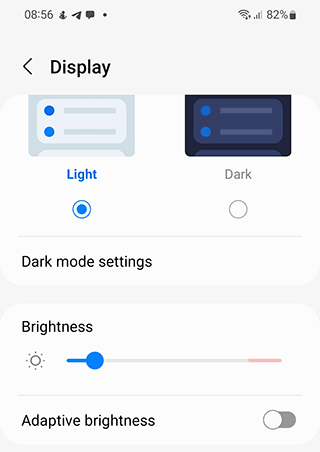
- On most phones, you can adjust the brightness under the appropriate Display or Brightness section.
- On iPhones and Android, there are also quick settings for brightness in the Quick Settings panel.
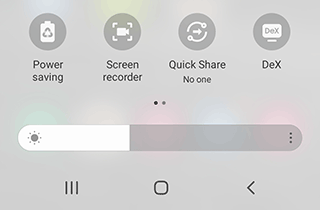
- Set a timeout for turning off the screen when inactive. This option is available in Android's main settings. In iOS, follow under Settings > Display > Screen timeout.
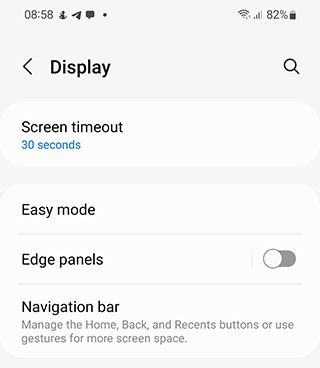
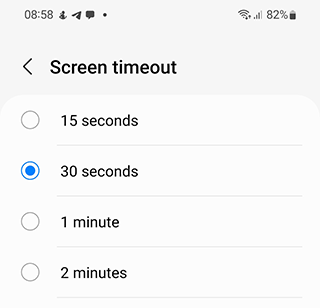
Optimizing the screen will reduce Waze's appetite, as the screen is more responsible for the power consumption of the mobile device than any other component.
Step 3: Install a Battery Saver App
There are special apps that can save battery power. They can work in conjunction with Waze to optimize battery life.
- AccuBattery
- Battery Saver
The core functions of these apps are to save Android battery by removing useless apps, removing unused processes, resource usage monitoring.
The apps will run in the background and do not interfere with the driver's interaction with Waze. Thanks to the optimizers, your device's battery will not be as actively discharge.
Step 4: Turn off unused apps
Wireless technology consumes a lot of power. They drain the battery on your Android and iPhone. It is better to disable all wireless network connections, bluetooth, internet radio and related programs.
On most smartphones, these functions can be disabled through a special widget or Quick Settings panel.
The example of potentially dangerous app is Flashlight. Chances are you are using Waze navigation in conjunction with this resource-intensive app. Accelerated battery consumption with active use of Flashlight is guaranteed. So it should be turned off.
Pay attention to which app needs access to your current location. Of course, when you install a certain app, it's very easy and simple to tap OK, agreeing to the app's permissions. But don't be lazy to take a minute to familiarize yourself with the app's features and, if possible, limit your requests.
Geolocation apps tend to be quite voracious as well. For example, the geotargeting features in Instagram or Twitter. Why waste valuable battery power on your Android for these unnecessary functions?
Step 5. Check your mobile signal strength
Your smartphone battery uses up much faster if you have a very unstable mobile network connection. This happens because the phone is constantly checking for a signal and trying to establish a connection. This requires more power from the Android OS. Accordingly, this burns the battery at the same time as the Waze is running.
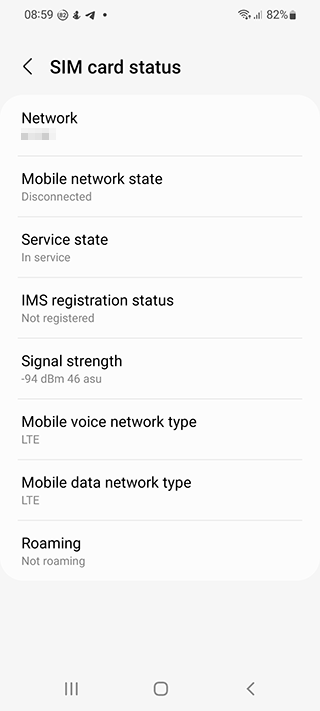
The optimal solution is to turn on Airplane Mode until you find a place where the connection to the mobile network is stable.
Step 6. Turn on the wifi network
If there is a wifi network nearby, it is best to join one. True, in this case you will not be able to go far away from the wifi network and your use of Waze will be very limited.
But in general this measure will slow down the drain on your battery.
Step 7. Turn off all notifications
If possible, turn off all notifications in apps: social clients, email client, and so on:
Settings - Notifications - Do not disturb.
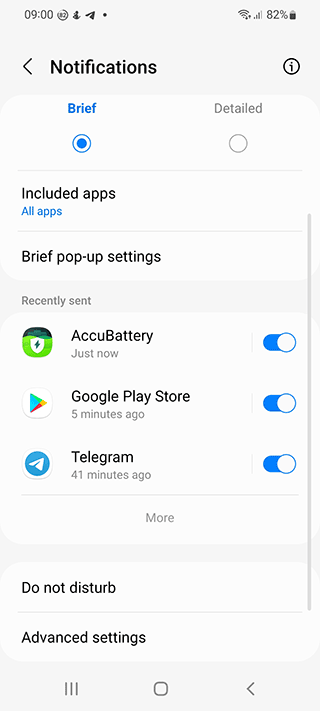
Facebook friend requests, new tweets and mentions on Twitter, etc. - surprisingly, all these notifications consume the battery of your phone because it has to keep pinging the servers of certain services.
In addition, the notifications are very distracting from driving, if you are also using a navigation device.
Step 8: Disable unused apps
Make sure that the apps that are not currently in use are unloaded from the memory. This should be done for the reason that the programs can still work quietly in the background and consume the battery of your smartphone along with the functions of gps navigator.
As an option, you can simply disable the data transfer in the background for certain apps on the mobile device. To do this, follow these steps:
- On iPhone, go to Settings > General > Update background apps.
- On Android, go to Settings > Data Usage > Background Data Transfer.
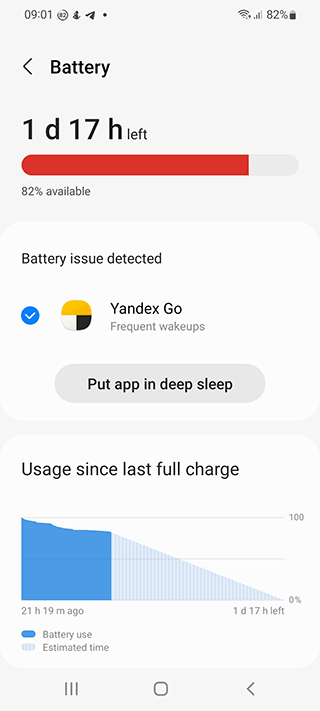
Step 9: Protect battery from high temperatures
Smartphones don't handle strong temperature fluctuations well. Intense cold or heat can chemically attack your phone's lithium-ion battery. A sudden loss of battery power is indicated by the battery indicator light.
Try to monitor the ambient temperature while navigating. It is advisable to use the Waze navigation device in optimal temperature conditions.
Step 10: Update iOS and Waze
iOS 14 and 16 users often complain about battery drain when using Waze with CarPlay. These reports appear on the official Waze forum. Users are claiming that Waze battery usage increases up to 40%, which is enough for 2 hours of navigation use only.
Other wazers say that on iOS 14 the device heats up after an hour of navigation and that charging the battery does not solve the problem.
Solution:
Method 1. Update iOS version. To install updates:
Step 1. Go to Settings > General > Software Update.
Step 2. Information about the current iOS version will appear on the screen.
Step 3. If updates are available, iOS will automatically download them.
Step 4. If it doesn't, check that updates are enabled: Settings > General > Software Update > Automatic Updates.
Method 2. Update your iPhone version of Waze: Waze v4.88 or higher is required for iOS 16 to work correctly.
- Go to the App Store.
- Tap your profile icon to see all apps listed.
- Find Waze app.
- Tap on Update button.
Step 11: Check the real condition of the battery
Every device has a degree of wear and tear. And if you have been using your iPhone for a long time, there is a chance that the battery life has been exhausted. Accordingly, the battery capacity is no longer consistent with the original stated. Instead of 10 - 12 hours, your iPhone will only work in active mode for a few hours. In any case, check the condition of the battery.
Instructions:
- Go to Settings > Battery > Condition
- If the current battery condition is bad, replace the iPhone battery.
You can replace the battery at a Apple service center in your country. The cost of replacement averages $99.
Result: 0, total votes: 0
I'm Mike, your guide in the expansive world of technology journalism, with a special focus on GPS technologies and mapping. My journey in this field extends over twenty fruitful years, fueled by a profound passion for technology and an insatiable curiosity to explore its frontiers.